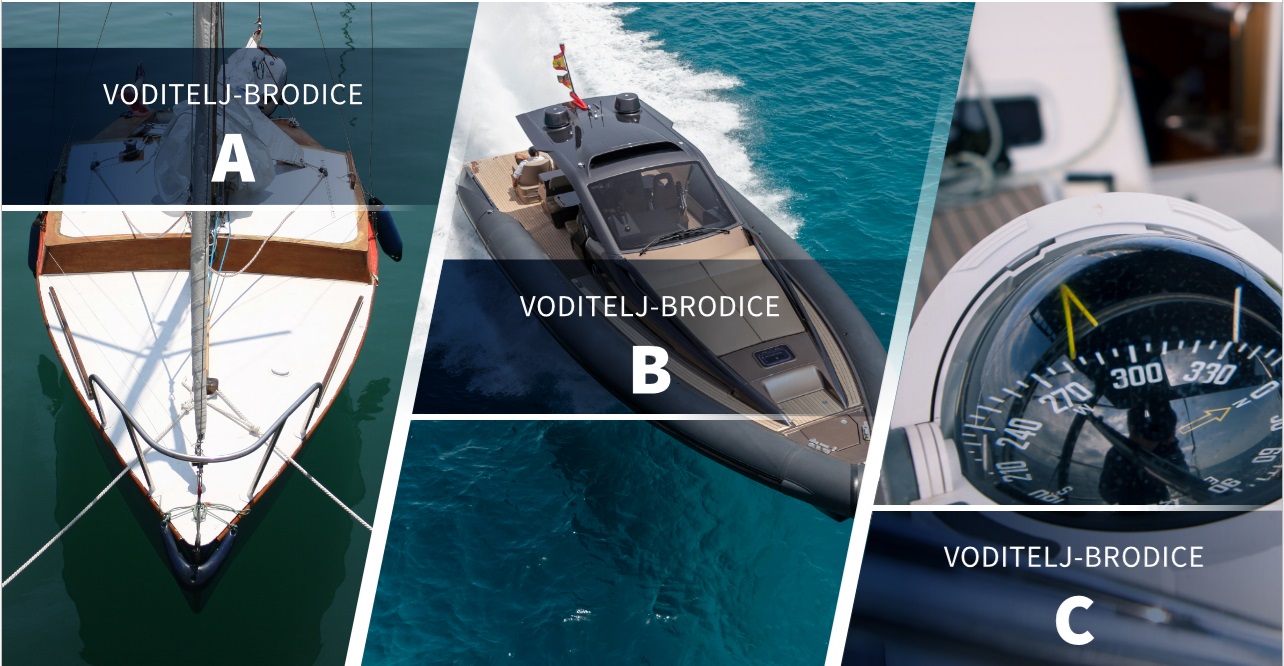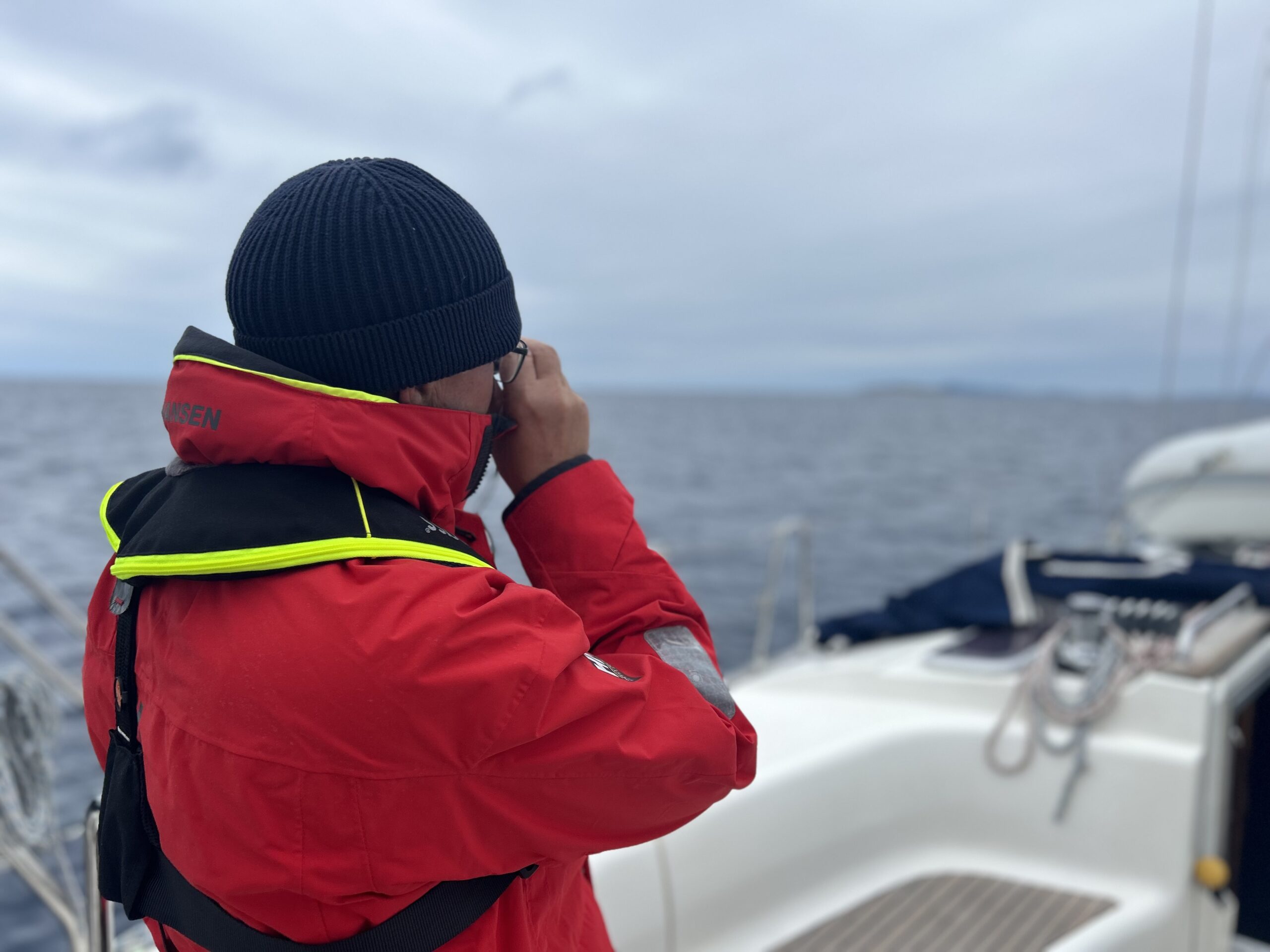The History of Nautics in Croatia: From Ancient Sailors to Modern Skippers
Croatia is one of the most iconic nautical destinations in Europe. With its stunning coastline, over 1,000 islands, and strong maritime tradition, the Adriatic Sea has shaped Croatian culture for centuries.
But where does Croatia’s nautical story begin? Let’s explore the rich history of nautics in Croatia – from ancient times to today’s modern coastal licenses.
Antiquity: Illyrians, Greeks & Romans
The earliest seafaring people in Croatian territory were the Illyrians, who inhabited the Adriatic coast as early as 1000 BC. They used wooden vessels for fishing and trade.
Later, the ancient Greeks founded colonies such as Issa (Vis) and Pharos (Hvar). The Romans expanded the region’s ports, shipbuilding, and trade networks. Roman remains of shipyards, lighthouses, and harbor structures can still be found today in Pula, Zadar, and Split.
Middle Ages: Republic of Ragusa & Venetian Rule
In the medieval period, the Republic of Ragusa (Dubrovnik) became a maritime powerhouse, rivaling Venice in trade and diplomacy. Dubrovnik maintained its own fleet and shipbuilding industry and was among the first to adopt maritime laws and international sea treaties.
Meanwhile, parts of the Croatian coast fell under Venetian rule, influencing naval architecture, coastal defense, and commerce.
Austro-Hungarian Naval Power
In the 19th century, under Austro-Hungarian control, Croatia became home to key naval ports and shipyards. Cities like Pula and Rijeka served as strategic bases for the Imperial Navy, and major naval academies were established.
Pula was the main base of the Austro-Hungarian Navy, with a large arsenal and dry dock, elements of which are still visible today.
20th Century: Yugoslavia & Industrial Nautics
After World War I, Croatia became part of Yugoslavia. During this period, commercial shipping, shipbuilding, and fishing industries grew rapidly. Cities like Split, Šibenik, and Trogir developed strong shipbuilding traditions.
The navy was modernized, and maritime education expanded. Croatian captains, engineers, and shipbuilders became known worldwide.
Today: A Global Nautical Destination
Modern Croatia is one of the top sailing destinations in the world. Since gaining independence in the 1990s, the country has:
Modernized its marinas and ports
Developed a thriving yacht charter industry
Created a regulated nautical licensing system, including the popular Voditelj brodice (Category B) certificateToday, over 400,000 people hold a skipper license in Croatia, and the country welcomes thousands of recreational sailors each year.
Nautical Education & Licensing
Croatia’s Ministry of the Sea, Transport and Infrastructure oversees maritime education and licensing. The coastal license (Voditelj brodice B) is the most common license for private and charter use.
You can take the exam at any Harbor Master’s Office (Lučka kapetanija), including Pula, Split, Rijeka, and Zadar.
Official source: mmpi.gov.hr
Why This Matters for You
Understanding the maritime history of Croatia helps you appreciate the country’s deep connection to the sea – not just as a tourist, but as a future licensed skipper.
Whether you’re sailing the Dalmatian coast or getting your skipper license in Pula, you’re joining a centuries-old tradition of Adriatic seafarers.
Set Sail with Confidence
Explore our skipper license programs and learn how you can become part of Croatia’s nautical heritage.


